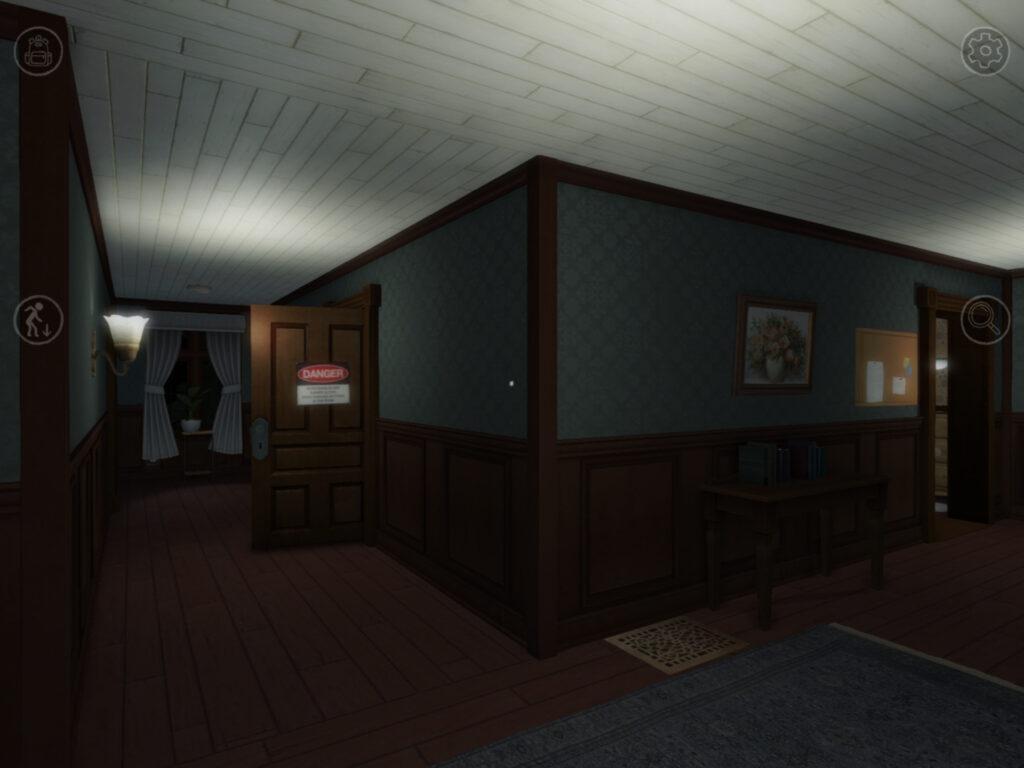Gone Home is a mystery game released by The Fullbright Company in 2013. The target audience is players aged 12 and up who are interested in games revolving around mystery and/or romance. Gone Home is single player puts you into the role of a college student, Katie, arriving home after study abroad to an empty house with no clear indication of where her family went. As Katie, players are able to walk around the house and interact with certain objects to look for potential clues. According to the game’s Wikipedia, there are no defined goals, but the discovery of messages and new areas of the house is rewarded. Upon discovery of certain objects, an audio track plays with the voice of the subject’s younger sister, speaking the contents of what sounds like a diary.
I played for about an hour and a half and found the game to be really fascinating. One of my complaints would be that so far, I am not sure what the point of the game is. I’m enjoying the process of piecing together the narrative from the objects in the house, but it is slightly slow-moving. The game generally lacks indicators that guide what a potential next action could be, so it’s hard to tell if I’m wasting my time in certain rooms or not. For instance, on entering the house, I was not sure whether to prioritize going to every room in the house first to search for big clues or to prioritize analyzing every object in the house for tiny clues that might be hard to see. I feel like I’ve spent a lot of time looking for small clues and it feels like a lot of work for not much reward. At the same time, this autonomy within the game to take control of how you interact with the game environment is compelling because it more closely resembles a real-life situation where you would not have signposts to guide you. Despite this complaint, the game stills draws me in and leaves me wanting to uncover more of the story.
This lack of guidance in the game as well as the general atmosphere — being very dark and requiring you to turn on lights to see much in the rooms — adds to the mysterious mood of the game. There are also noises from a thunderstorm outside and the house has old architecture that enhance this feeling.
I appreciate the aesthetics of narrative, discovery, and submission that are wrapped into the game. Gone Home clearly revolves around discovery and narrative in particular, forcing you to walk around the house and discover notes and artifacts that indicate different characteristics of Katie’s family members or challenges they were going through. The narrative is pieced together as you go in a way that is also not so mind-occupying that it can’t be considered a game of submission. I enjoyed getting to sit back and play the game –– it was engaging yet also a relaxing break from other work.




